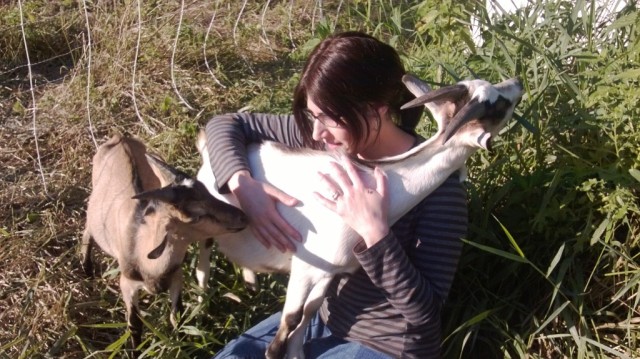Well. the Hazon Food Conference is almost over. Tomorrow is the final day, and then at around 1 we’ll head back up or down the coast, or across the country, hopefully bringing some of what we’ve learned back to wherever we call home.
A few highlights from the last few days:
Learning from the owners of Lotus Foods about SRI, the “system of rice intensification,” an entirely different way of growing rice that is better for the rice farmers and the planet. Lotus Foods makes the black and red rices I use in the “I am DIY”/Cafe Gratitude-style rice bowl you all know and love, so it was amazing to learn more about how this rice is grown. I will be writing more on this in the future, I promise!
Catalyzing inspiration from a participant at one of the many Food Justice sessions: “How do we integrate the food movement with the hunger movement? How do we fight for a sustainable food system that also ensures no one goes hungry? People at this conference are not necessarily thinking about hunger; they’re here to think about food, which implies having food.” Time for foodies and food security (aka anti-hunger) activists to unite, and I want to be part of it!
Get some friends together to support each other and pick a week to try the Food Stamp Challenge Diet (eating for a week on $21, or $1/meal). Wouldn’t that make an interesting blog event?
The word sustainability is thrown around like crazy these days. I even found myself using it much more than usual. “What brings you here?,” people would ask me. “I’m very interested in sustainable food systems,” I would reply. It sounded great and felt like something I definitely was interested in, but I realized I had no idea what I was actually saying when I said it. Michael Domick, the dynamo president of Roots of Change and former chairman of Slow Food USA, listed these components when I asked him (I am paraphrasing here, so these are my words, not his). According to Roots of Change, a sustainable food system aims to:
Eliminate toxicity from the system (defined as the type of toxins the earth can’t process and deal with naturally)
Not overtap aquifers
Treat farm workers with respect and provide opportunities for them in terms of career advancement
Stop creating unhealthy foods
Bring in a diversity of scale, emphasizing regional, rather than national/central, food systems
Eliminate CAFOs and make animal processing local rather than centralized (with an eye to more humane animal raising and processing)
One of the tracks/themes of the conference was about fasting, and I realized that, at least in the reform/renewal Judaism I grew up with, we’ve kept all the feast days from the ancient Jewish calendar but eliminated all but one of the fast days. Very thought-provoking.
For more voices from the Hazon Food Conference, check out:
The Jew and the Carrot
The Boulder Jewish News
Pretty Girls Use Knives
Jewschool
The food conference Twitter feed




